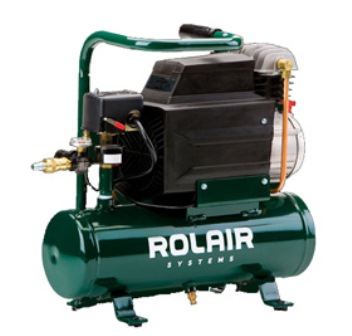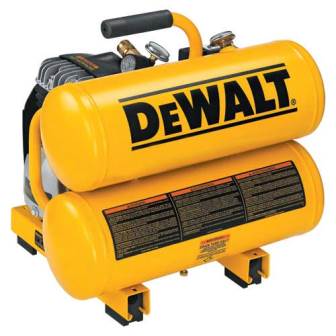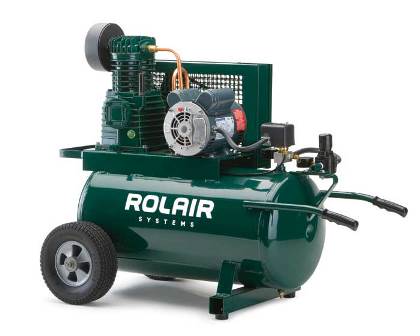What Is an Air Compressor?
An air compressor is a tool that converts power into pressurized air. That air can then be used to run all kinds of pneumatic tools, nail guns, impact wrenches, spray guns, and even tire inflators. They’re used everywhere from job sites to garages and are one of the most versatile pieces of equipment you can own.
There are a few different styles, but most fall into two categories: portable compressors (small, easy to move, good for light to medium jobs) and stationary compressors (bigger, bolted in place, higher capacity for large jobs or shops).
History of the Air Compressor
The concept of compressed air dates back to ancient blacksmith bellows, but the first industrial air compressors came about in the mid-1800s during the rise of mining and railroads. One of the early leaders in developing practical, portable compressors was Ingersoll Rand, which helped shape the market for professional use. Over time, brands like Campbell Hausfeld, Bostitch, and California Air Tools brought compressors into garages and job sites, offering lighter, quieter, and more compact models for home and DIY use.
What It’s Used For
Air compressors power a wide variety of tools and tasks, including:
Whether you're framing a house or just maintaining your car, an air compressor opens up a lot of possibilities.
What to Look for When Buying
Buying the right compressor depends on what you’ll use it for. Here are the key things to look at:
- 1Tank Size: Measured in gallons. Larger tanks mean more stored air—good for continuous use. Smaller tanks are fine for quick bursts or light tools.
- 2CFM Rating (Cubic Feet per Minute): This tells you how much air the compressor can deliver. Your tools will list how much CFM they need—make sure the compressor meets or exceeds that.
- 3PSI (Pounds per Square Inch): Most tools need around 90 PSI, but check your specific gear. More PSI gives you more versatility.
- 4Horsepower (HP): More horsepower usually means the compressor can build pressure faster, but don't buy based on HP alone—CFM is more important.
- 5Noise Level: If you're working indoors or in a garage, look for a quiet model. Oil-free compressors tend to be louder; oiled ones run quieter but need maintenance.
- 6Portability: Will you be moving it around? Go for smaller pancake or hot dog styles. Staying put? Consider a larger vertical or twin-stack compressor.
- 7Duty Cycle: This tells you how long the compressor can run before it needs to rest. For continuous use (like spraying), look for a higher duty cycle.
Pros and Cons
Pros
Cons
Accessory Compatibility
Air compressors don’t do much on their own, you’ll need the right hoses, fittings, and tools. Most consumer models use 1/4" quick-connect fittings, but always double-check. Make sure your hose is rated for the PSI you’re working with, and that your tools match the compressor’s CFM output. You’ll also want to grab a basic accessory kit if you're starting from scratch.
Safety and Maintenance Tips
Who This Tool Is For
FAQ
You can, but make sure the CFM output of the compressor matches the sprayer’s needs. Many sprayers require continuous airflow, which small tanks struggle to keep up with.
Oil-free compressors require less maintenance but are louder and wear out faster. Oiled compressors are quieter and last longer but need regular oil changes.
Most air tools need about 90 PSI. More isn’t always better—focus more on CFM.
Final Thoughts
An air compressor is a smart investment, but buying the wrong one will just lead to frustration. Figure out what tools you’ll be running, how often you’ll use them, and how much air they need. From there, match the tank size, CFM, and PSI to the job. Whether you're a first-time buyer or upgrading your old unit, take your time and get something that fits your work, not just your budget.



